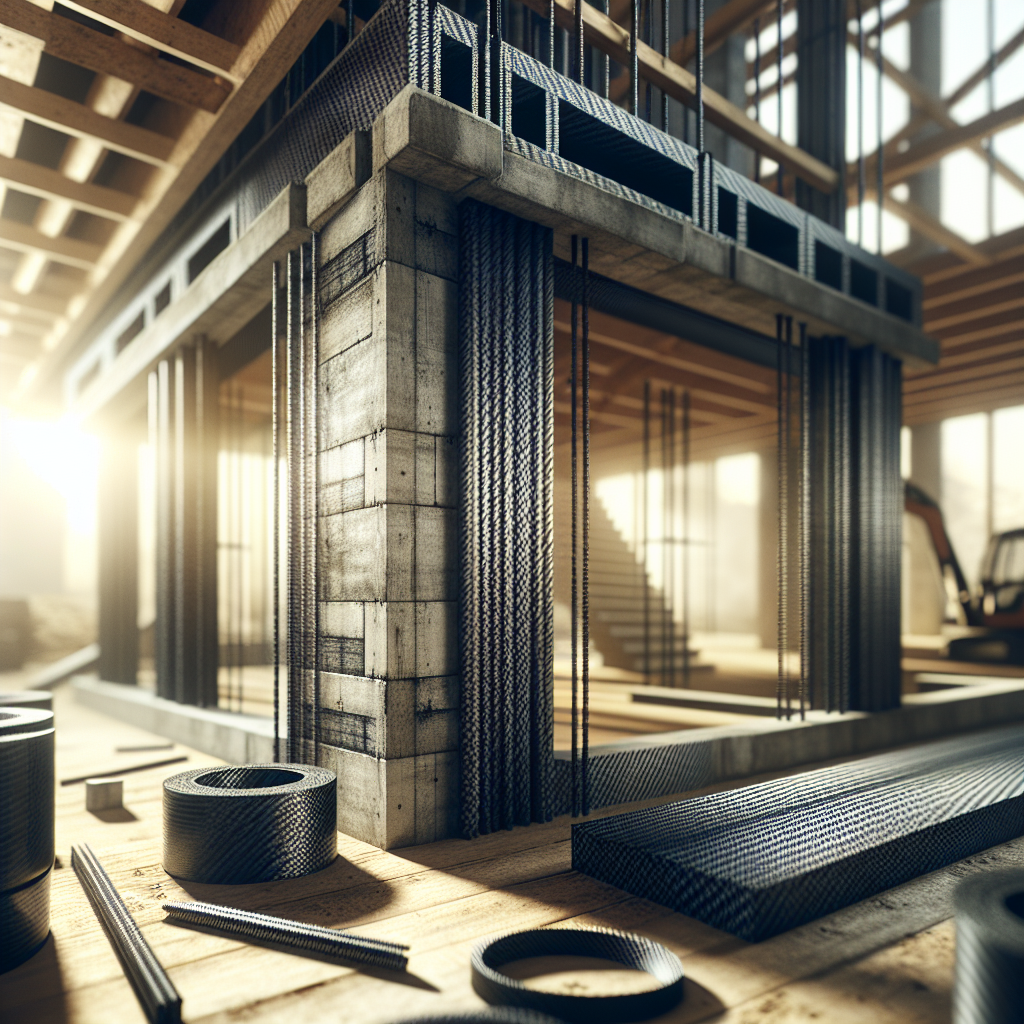Introduction: Revolution in Construction with Carbon Fiber
Ever wondered about the future of construction? Well, let me introduce you to the modern marvel that’s redefining structural integrity: Carbon Fiber. In this blog, we’re going to explore the world of carbon fiber masonry reinforcement, detailing what it is, its distinct advantages, and how it’s applied.
But we’re not stopping there. We’ll compare carbon fiber with traditional materials like steel, giving you a clear picture of how these two stack up against each other. We’ll also discuss how carbon fiber is making its mark in other areas of construction like fiber-reinforced concrete and CARBOCON innovations.
Are you ready to discover the future of construction with this lightweight, durable, and transformative material? Prepare yourself, this experience is going to be exciting!
Digging Deeper: Carbon Fiber Vs. Reinforcing Steel in Construction
Understanding the Composition of Carbon Fiber and Reinforcing Steel
Although previous sections have touched on what carbon fiber is, it’s important to further explain its composition to understand why it outperforms reinforcing steel in many ways.
Carbon Fiber, composed of thin strands of carbon atoms aligned in a crystalline formation, is made via a complex manufacturing process that includes spinning, stabilizing, carbonizing, surface treatment, sizing, and ultimately weaving into the fabric-like layer used in construction. This atomic structured process yields the material’s impressive strength-to-weight ratio while maintaining high corrosion resistance, flexibility, and ease of use (ScienceDirect).
On the other hand, traditional steel reinforcement, often referred to as reinforcing steel, is made up of iron and other elements like carbon. The steel bars are often ribbed to enhance the bond to concrete. While cost-effective and sturdy, steel lacks important characteristics found in carbon fiber that can make it a less desirable choice in some settings.






